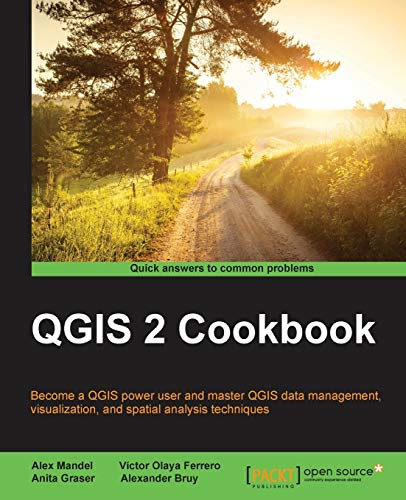QGIS is a user-friendly, cross-platform desktop geographic information system used to make maps and analyze spatial data. Used by novice developers as well as the most advanced geospatial scientists, QGIS allows users to understand, question, interpret and visualize spatial data in many ways that reveal relationships, patterns, and trends in the form of maps.
This book is a collection of simple to advanced techniques that are needed in everyday geospatial work, and how to accomplish them with QGIS. You will begin with understanding the different types of data management techniques, as well as how data exploration works. You will then learn how to perform classic vector and raster analysis with QGIS. Apart from creating time-based visualizations, you will also learn how to perform network analysis, and extend QGIS' functionality through the use of plugins. Finally, you will learn how to create interactive and visually appealing maps with custom cartography.
By the end of this book, you will have all the necessary knowledge to handle spatial data management, exploration, and visualization tasks in QGIS.
Alex Mandel
Alex Mandel is a geospatial scientist who has a PhD in geography and more than 12 years of experience in applying GIS to a variety of projects. He has also taught courses on GIS, geospatial programming, and Geoweb.
